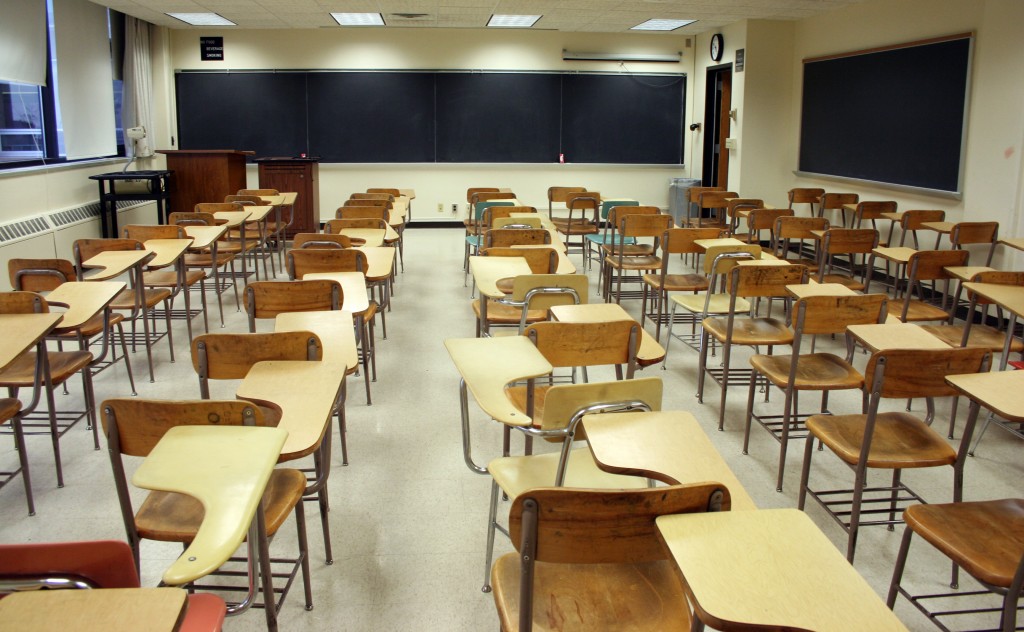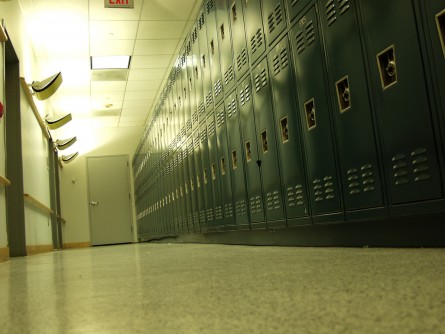Get a good education and you’ll probably lead a more fulfilling, more successful life than you would have without it. Since those benefits accrue directly to you, education is partly what economists call a “private good.” But while you’re busy earning a living and paying taxes, you aren’t dependent on government handouts or (probably) holding up liquor stores. So your whole community benefits, indirectly, from your education (especially the liquor stores). As a result, education is also partly a “public good.”
The thing about public goods is that the beneficiaries don’t have to pay for them. Economists fear that if the public doesn’t have to pay for something, it won’t; and that if something isn’t paid for, it won’t be produced in the first place. As a result, some economists theorize that government must step in to ensure that education delivers the public goods, either by operating schools of its own or by subsidizing and regulating the kind and quantity of schooling that teachers are allowed to offer and that families are allowed to consume.
This is the dominant economic argument for the existence of a major government role in K-12 education, and it is based on a pair of unstated assumptions, both of which are testable and false.
The first assumption is that, left to their own devices, families would consume insufficient education, or the wrong kind of education, to produce the sought-after public benefits. If that’s true, it seems that we’d be most likely to see it in times and places where most parents had low levels of education themselves—places like early 19th-century Britain and America. And, indeed, these are widely viewed as cases in which government education spending and mandatory attendance laws brought universal literacy and school attendance to a previously benighted populace.
Widely, but wrongly. As far back as 1965, economist E. G. West demonstrated that growing 19th-century government education expenditures in the U.K. did not so much increase the consumption of schooling as displace pre-existing sources of private funding—in his phrase: “jumping in to the saddle of an already-galloping horse.”
In the 1994 update of his book Education and the State, West did much the same thing for the U.S. case, showing that the elementary enrollment rate was close to 90 percent and still rising in early 19th-century New England, at a time when no state board of education yet existed, the majority of students attended private or home schools, and tax-funding made up only a small portion of total education spending—even in the semi-public “common” schools (which charged most families tuition).
Echoing this pattern, I pointed out in a chapter for the book Liberty and Learning (p. 105) that U.S. compulsory attendance laws had no noticeable effect on enrollment rates over the decades (1852 to 1918) in which they were introduced.
In modern times education researcher James Tooley has repeatedly shown that destitute families living in slums of the developing world are increasingly paying for ultra-low-cost private schooling themselves, despite the availability of better-funded “free” public schooling. They do this, they tell Tooley, because they feel the public schooling is inferior or even worthless. Tooley’s careful studies of these schools, reported in academic journals and his wonderful book The Beautiful Tree, confirms the parents’ view.
The second assumption of the public good argument is two-fold: first, that government is a better judge of how to create the public benefits of education than are families acting individually; and second, that government provision and/or regulation are capable of producing the outcomes which they nominally seek. Both are contradicted by the evidence.
One of the single most consistent lessons of the history of education from classical Greece to the present, which I chronicled in Market Education: The Unknown History, is that parents have tended to make better decisions for their own children than elected or appointed bureaucrats have made on their behalf. Since its publication, I have reviewed the world-wide, within-country statistical research comparing alternative school systems and found that the most parent-driven, market-like, least regulated school systems do the best job of serving families across all outcomes measured.
The one outcome area which that literature review does not cover is civic-mindedness—the sort of tolerance and desire to engage with one’s fellow citizens that is perhaps the most public of education’s public goods. That area, however, has been studied by others and the results are much the same: they compellingly favor the private, minimally regulated provision of education as more effective in creating these social virtues. See, for instance, the work of Patrick Wolf and David E. Campbell.
And if all this is not enough to bury the public good argument for a major government role in education, there’s more: state control over the content of education actually has demonstrable negative social effects: “public bads,” if you will. As I chronicled in Market Education, ceding control over learning to the state forces people of diverse beliefs into conflict over the content of that officially sanctioned education. My colleague Neal McCluskey has documented this ongoing effect in his paper titled “Why We Fight,” and on an interactive “battle map,” of public-schooling-induced social conflicts around the United States.
Education does indeed have spillover benefits to society at large, but these benefits are best secured through free and voluntary association. The best policies are those that move us in that direction.
This post originally appeared on the Cato Institute blog Cato at Liberty. It is reprinted here by permission of the author.




